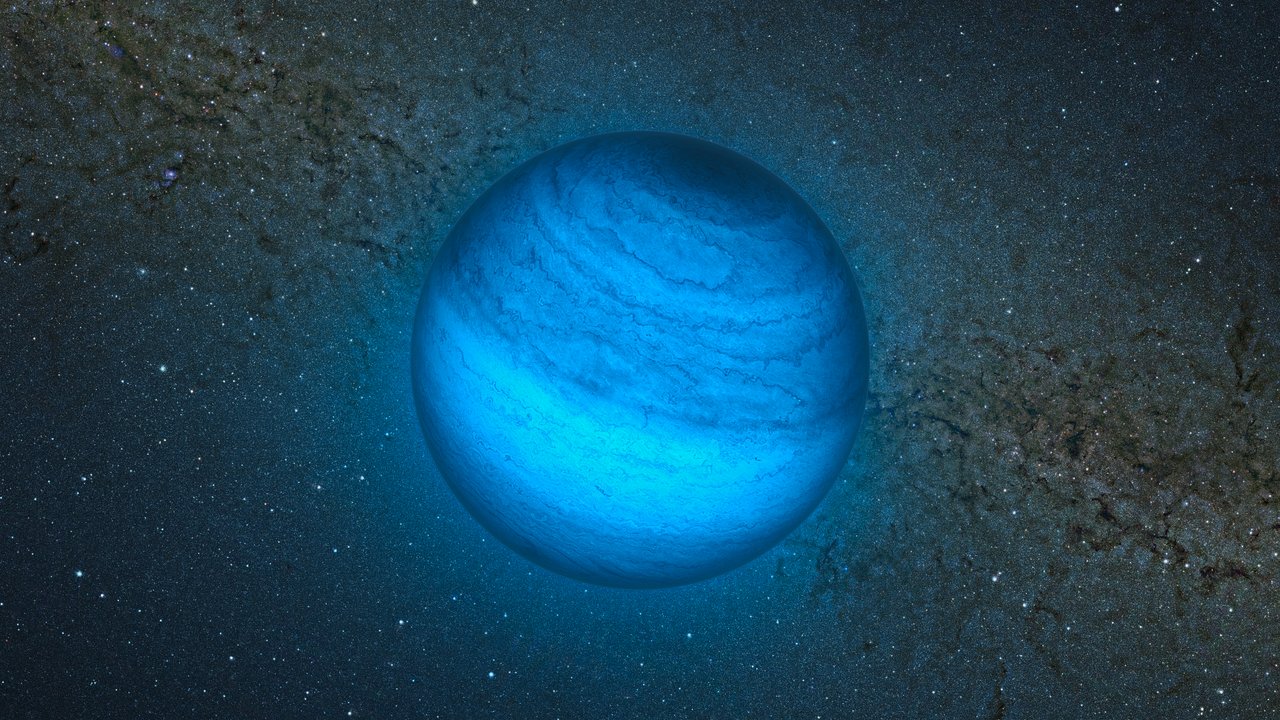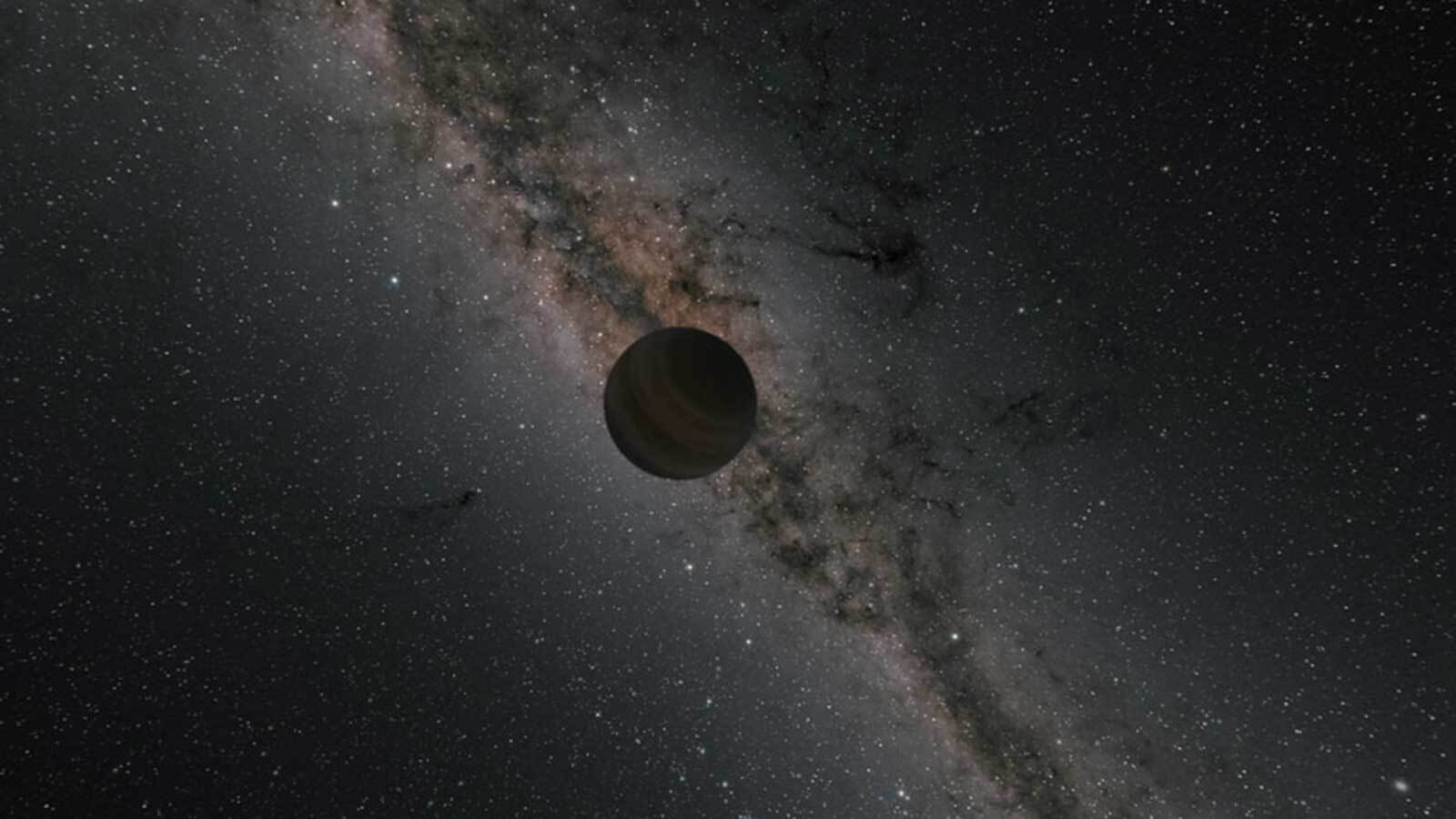The James Webb Space Telescope (JWST) is already making great strides in helping us to unravel the mysteries of the Universe. Earlier this year, hundreds of rogue planets were discovered in the Orion Nebula. The real surprise to this discovery was that 9% of the planets were paired up in wide binary pairs. To understand how this binary planets formed, astronomers simulated various scenarios for their formation.
Continue reading “What’s the Source of Binary Rogue Planets?”Roman Could Finally Tell Us if Primordial Black Holes Exist

When the Universe erupted into existence with the Big Bang, all of its matter was compressed into a tiny area. Cosmologists theorize that in some regions, subatomic matter may have been so tightly packed that matter collapsed into primordial black holes. If these primordial black holes exist, they’re small, and they could be hiding among the population of free-floating planets.
Continue reading “Roman Could Finally Tell Us if Primordial Black Holes Exist”Misaligned Binary Star Systems are Rogue Planet Factories
Most of the planets in the Universe orbit a star. They are part of a system of planets, similar to our own solar system. But a few planets drift alone in the cosmos. For whatever reason, be it a near collision or slow gravitational perturbations that destabilize its orbit, these planets are cast out of their star system and sent adrift. These rogue planets are notoriously challenging to find, but as we start to discover them we’re finding they are a bit more common than we’d thought. Now a new study posits a reason why.
Continue reading “Misaligned Binary Star Systems are Rogue Planet Factories”Why Build Megastructures? Just Move Planets Around to Make Habitable Worlds
In 1960, Freeman Dyson proposed how advanced civilizations could create megastructures that enclosed their star, allowing them to harness all of their star’s energy and multiplying the habitable space they could occupy. In 2015, the astronomical community was intrigued when the star KIC 8462852 (aka. Tabby’s Star) began experiencing unexplained changes in brightness, leading some to speculate that the variations might be due to a megastructure. While the final analysis of the star’s light curve in 2018 revealed that the dimming pattern was more characteristic of dust than a solid structure, Tabby’s Star focused attention on the subject of megastructures and their associated technosignatures.
Dyson’s ideas were proposed at a time when astronomers were unaware of the abundance of exoplanets in our galaxy. The first confirmed exoplanet was not discovered until 1992, and that number has now reached 5,514! With this in mind, a team of researchers from Bangalore, India, recently released a paper that presents an alternative to the whole megastructure concept. For advanced civilizations looking for more room to expand, taking planets within their system – or capturing free-floating planets (FFP) beyond – and transferring them into the star’s circumsolar habitable zone (HZ) is a much simpler and less destructive solution.
Continue reading “Why Build Megastructures? Just Move Planets Around to Make Habitable Worlds”If Rogue Planets are Everywhere, How Could We Explore Them?
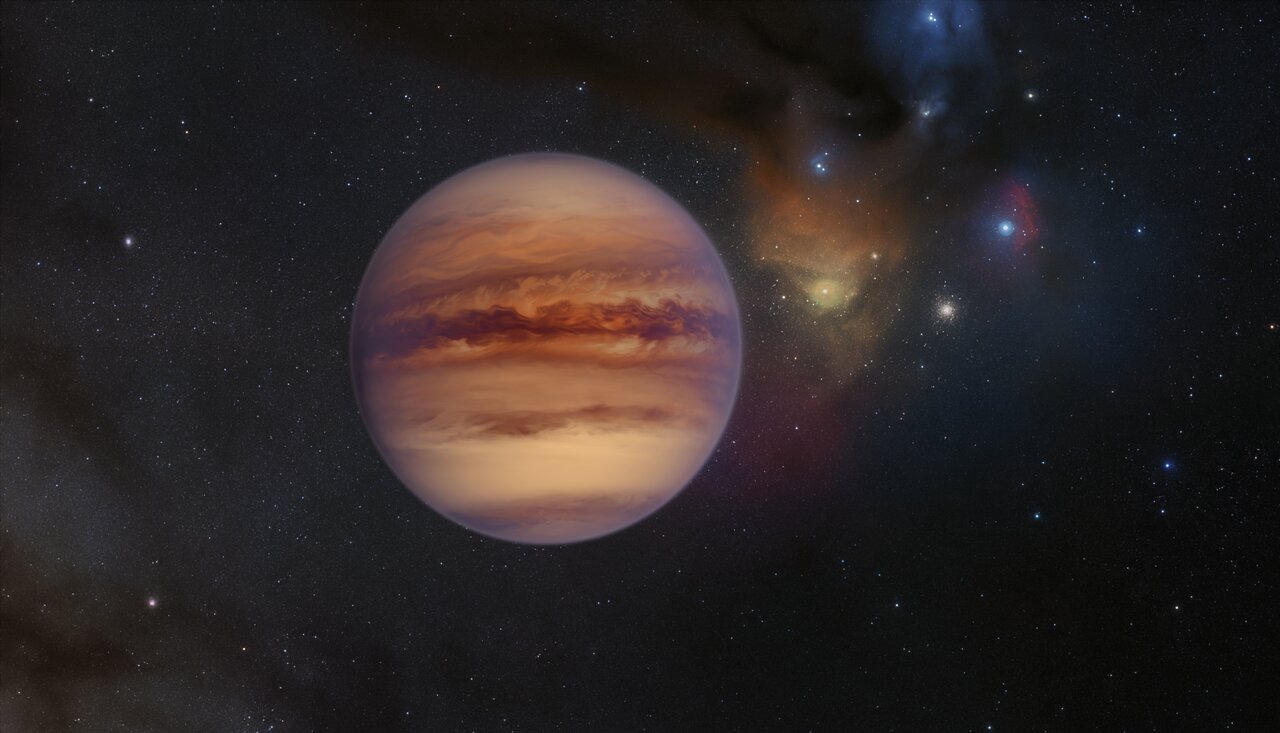
At one time, astronomers believed that the planets formed in their current orbits, which remained stable over time. But more recent observations, theory, and calculations have shown that planetary systems are subject to shake-ups and change. Periodically, planets are kicked out of their star systems to become “rogue planets,” bodies that are no longer gravitationally bound to any star and are adrift in the interstellar medium (ISM). Some of these planets may be gas giants with tightly bound icy moons orbiting them, which they could bring with them into the ISM.
Like Jupiter, Saturn, Uranus, and Neptune, these satellites could have warm water interiors that might support life. Other research has indicated that rocky planets with plenty of water on their surfaces could also support life through a combination of geological activity and the decay of radionuclides. According to a recent paper by an international team of astronomers, there could be hundreds of rogue planets in our cosmic neighborhood. Based on their first-ever feasibility analysis, they also indicate that deep space missions could explore these unbound objects more easily than planets still bound to their stars.
Continue reading “If Rogue Planets are Everywhere, How Could We Explore Them?”There Could be Trillions of Rogue Planets Wandering the Milky Way
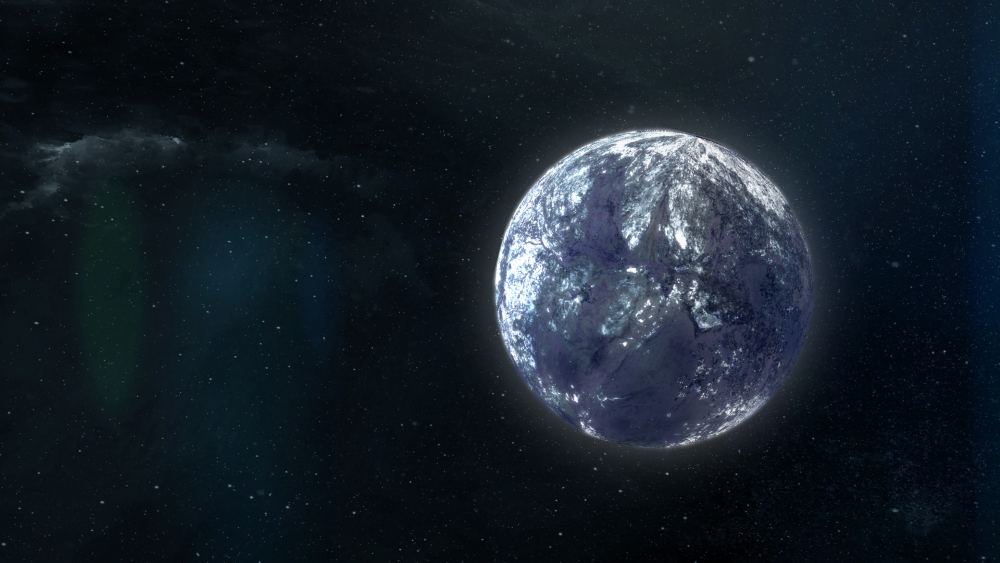
A pair of new studies set to be published in The Astronomical Journal examine new discoveries in the field of rogue planets, which are free-floating exoplanets that drift through space unbound by the gravitational tug of a star. They can form within their own solar system and get ejected, or they can form independently, as well. The first study examines only the second discovery of an Earth-mass rogue planet—the first being discovered in September 2020—while the second study examines the potential number of rogue planets that could exist in our Milky Way Galaxy.
Continue reading “There Could be Trillions of Rogue Planets Wandering the Milky Way”A Rogue Earth and Neptune Might Have Been Found in Older Data
Scientists have found what appear to be rogue planets hidden in old survey data. Their results are starting to define the poorly-understood rogue planet population. In the near future, the Nancy Grace Roman Space Telescope will conduct a search for more free-floating planets, and the team of researchers developed some methods that will aid that search.
Continue reading “A Rogue Earth and Neptune Might Have Been Found in Older Data”Astronomers Find 70 Planets Without Stars Floating Free in the Milky Way

The field of extrasolar planet studies continues to reveal some truly amazing things about our Universe. After decades of having just a handful of exoplanets available for study, astronomers are now working with a total of 4,884 confirmed exoplanets and another 8,288 awaiting confirmation. This number is expected to increase exponentially in the coming years as next-generation missions like the James Webb Space Telescope (JWST), Euclid, PLATO, and the Nancy Grace Roman Space Telescope (RST) reveal tens of thousands more.
In addition to learning a great deal about the types of exoplanets that are out there and what kind of stars are known to give rise to them, astronomers have also made another startling discovery. There is no shortage of exoplanets in our galaxy that don’t have a parent star. Using telescopes from around the world, a team of astronomers recently discovered 70 additional free-floating planets (FFPs), the largest sample of “Rogue Planets” discovered to date, and nearly doubling the number of FFPs available for study.
Continue reading “Astronomers Find 70 Planets Without Stars Floating Free in the Milky Way”Rogue Planets Could be Habitable
The search for potentially habitable planets is focused on exoplanets—planets orbiting other stars—for good reason. The only planet we know of with life is Earth and sunlight fuels life here. But some estimates say there are many more rogue planets roaming through space, not bound to or warmed by any star.
Could some of them support life?
Continue reading “Rogue Planets Could be Habitable”Protoplanetary Disks Throw Out More Material Than Gets Turned Into Planets
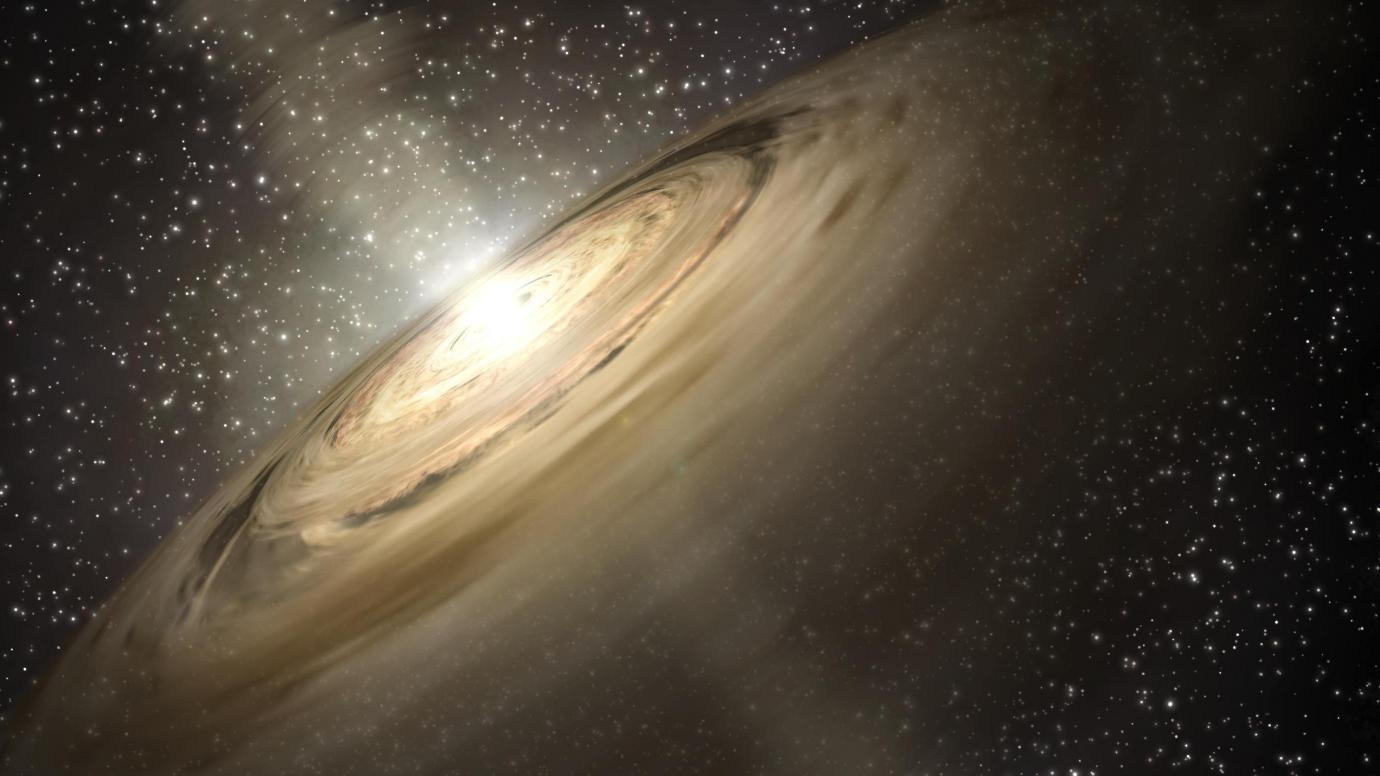
When a young solar system gets going it’s little more than a young star and a rotating disk of debris. Accepted thinking says that the swirling debris is swept up in planet formation. But a new study says that much of the matter in the disk could face a different fate.
It may not have the honour of becoming part of a nice stable planet, orbiting placidly and reliably around its host star. Instead, it’s simply discarded. It’s ejected out of the young, still-forming solar system to spend its existence as interstellar objects or as rogue planets.
Continue reading “Protoplanetary Disks Throw Out More Material Than Gets Turned Into Planets”

